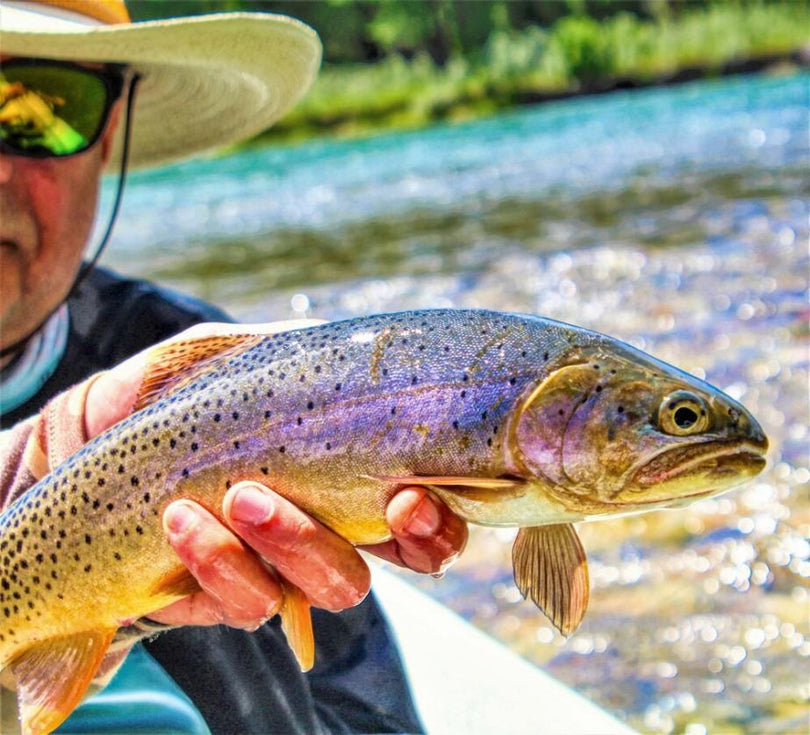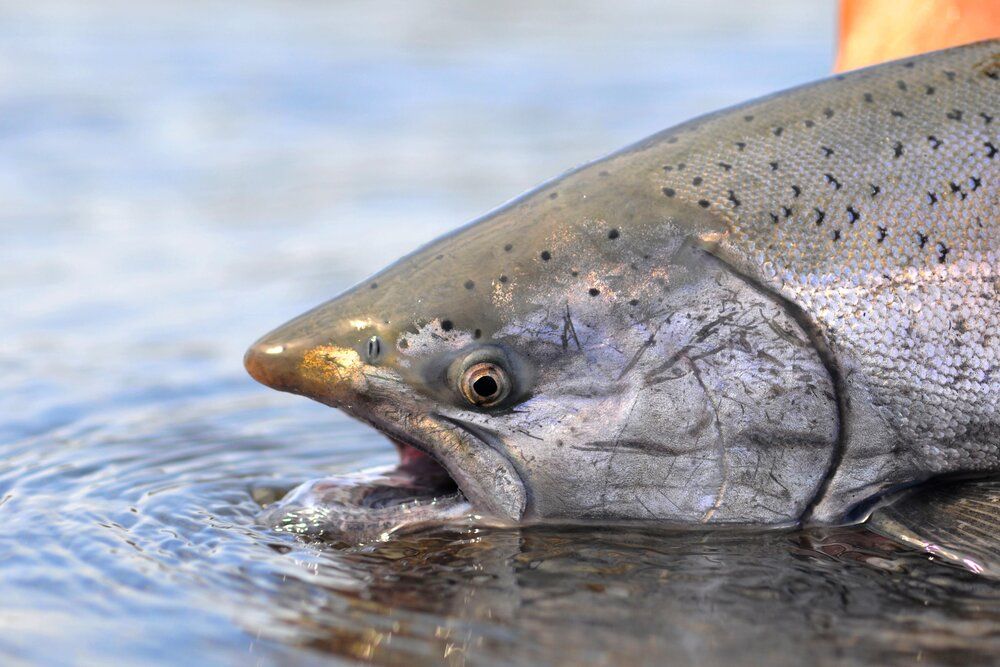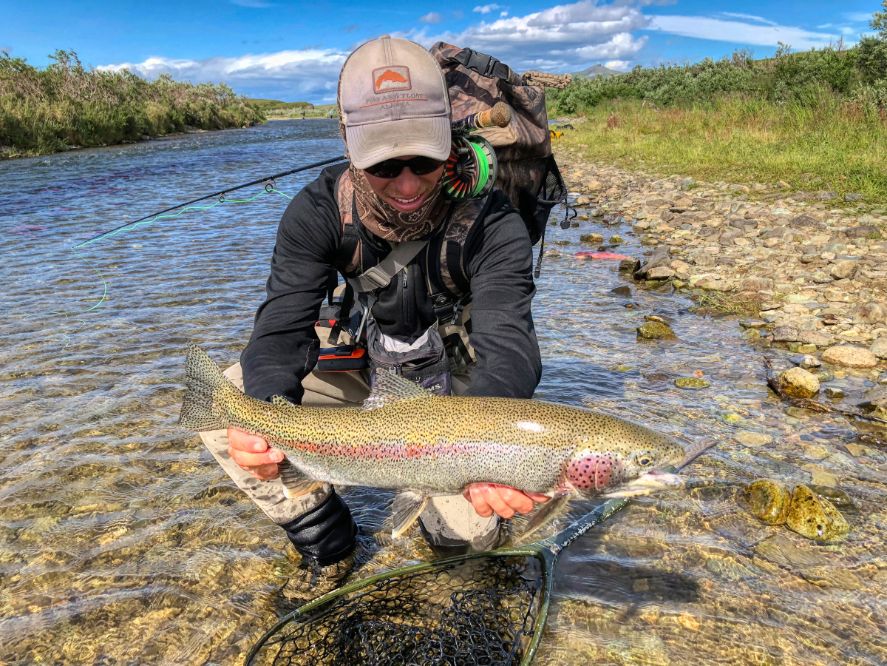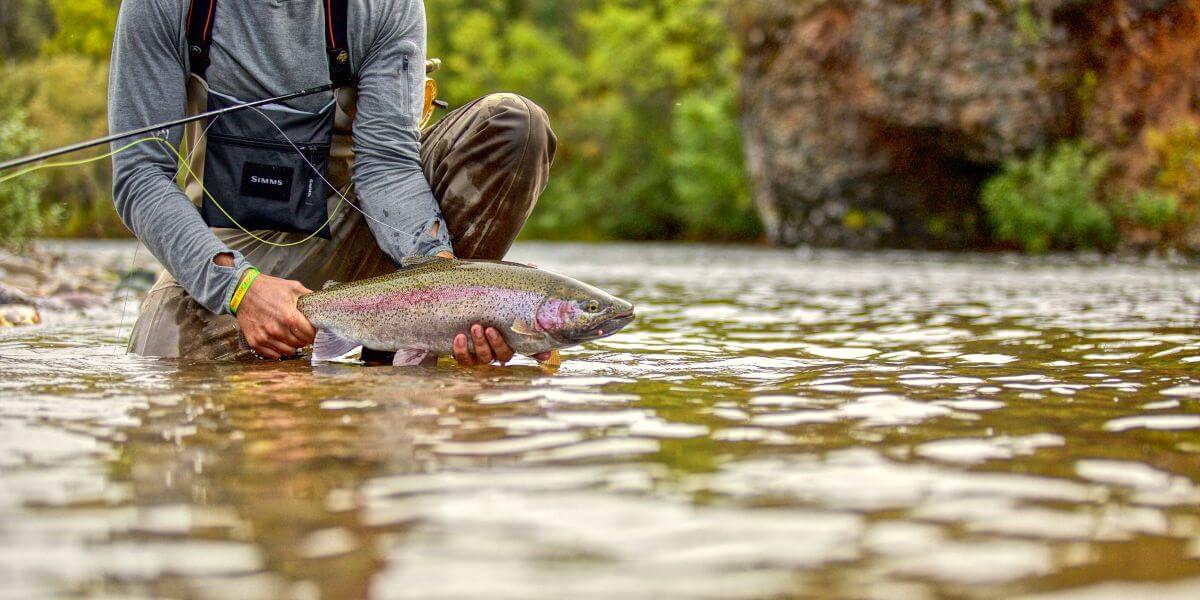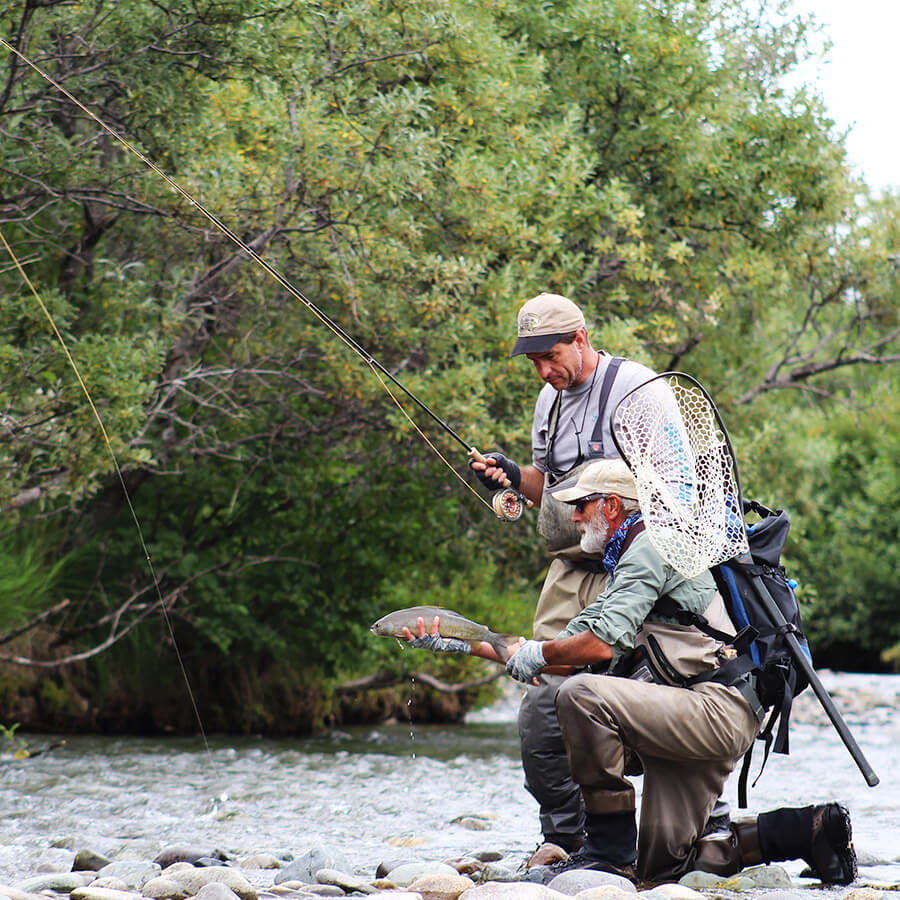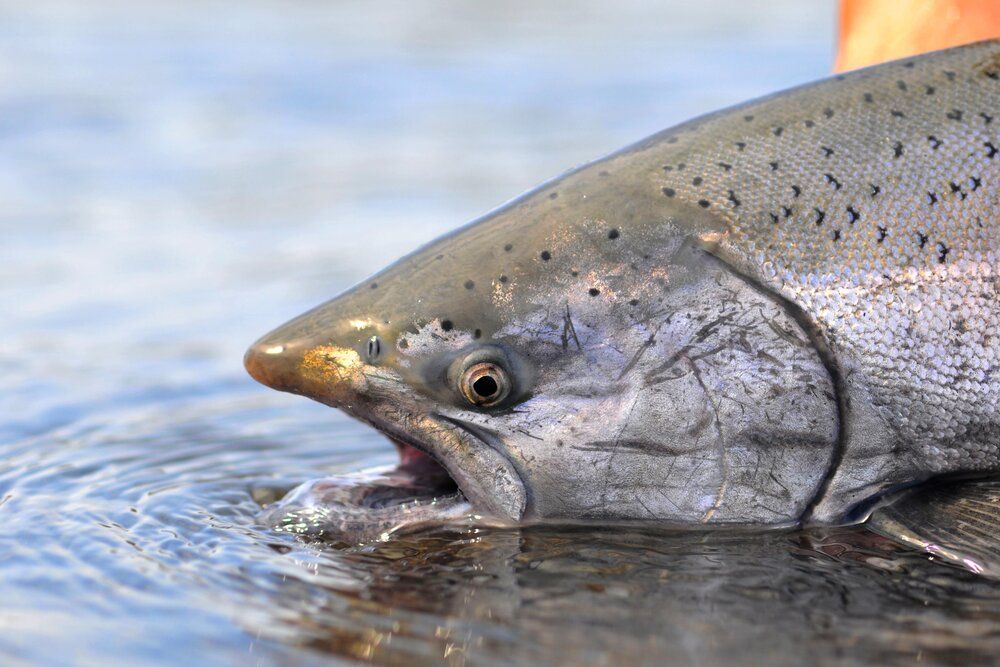
Chinook Salmon
Chinook Salmon are one of the most important species, both commercially and recreationally, in the Pacific Northwest. Though their historical range has been as far south as the Ventura River in Southern California, they are commercially and recreationally fished from the Sacramento River drainage that enters the Pacific at the city of San Francisco, north to the Bearing Sea in state of Alaska. They also run up the rivers of the Kamchatka peninsula of eastern Asia. In their southern range, their sizes vary from 24 to 36 inches, with a significant number attaining larger size. In their northern range they can reach larger sizes with the world record caught on the Kenai River, Alaska going 97 lbs. The largest commercial catch was 126 lbs.
Chinook Salmon are anadromous and spend most of their lives in salt water to return to their home water to spawn about 4 years after they themselves hatched. In their northern range, they may wait more than 4 years to return to their home river, consequently they may grow to a larger size. A number of fly fishermen travel to waters from northern California to Alaska each year to recreationally fish the Kings of the Pacific.


